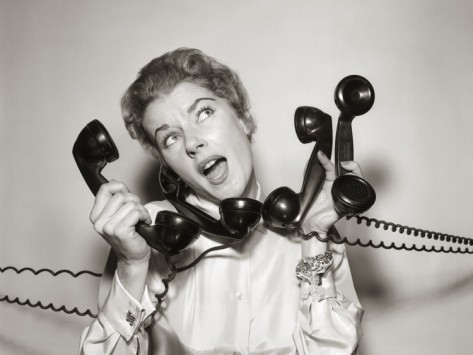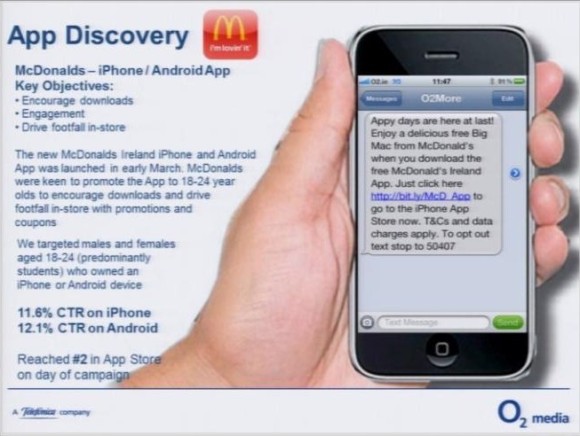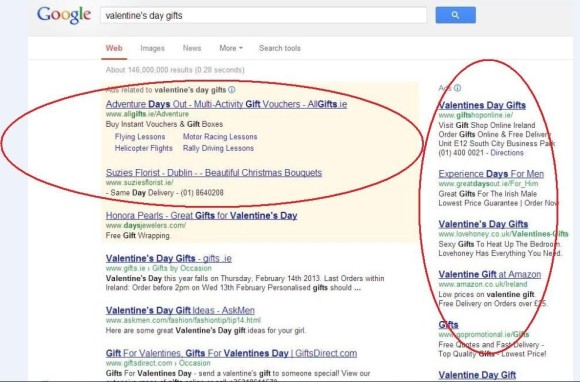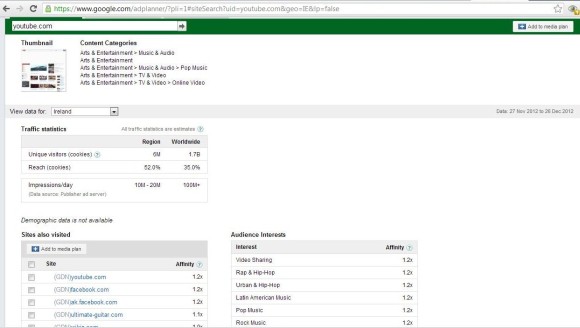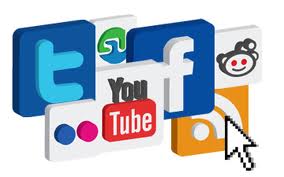According to Facebook, approximately 16% of a page’s fans are shown a particular piece of content in their news feeds. 16%!! How can this be?
Facebook uses EdgeRank, an algorithm which decides what items occupy your news feed. The algorithm assigns a value based on affinity, weight and time. Affinity is the relationship between the user and the page, weight is the type of story (i.e. rich media content ranks higher) and finally time is how recent the post is.
From this one can deduce that increased engagement (i.e. fans liking, commenting or sharing content) will lead to increased affinity, interesting content (i.e. photos, videos) will increase weight and timing when you post will increase the likelihood of a fan seeing your post.
However, that being said, increasing engagement can be tricky, especially if fans of your page haven’t engaged with your content of late (leading to a low affinity ranking).
Sponsored Stories
Sponsored stories are created within the Facebook Advertising Platform and are set-up much the same as a Facebook Ad whereby you assign your budget, set your bid and they appear based on the targeted criteria you set-up. According to Facebook, the difference is that they encourage WOM (word of mouth) recommendations, in that the user ‘becomes the channel’, promoting your content and thus creating organic content.
Promoted Post
The promoted post is a way of getting your post to feature in the news feed of fans that are no longer seeing your updates (those who have not engaged with your content recently). For those who have engaged with your page in recent times, the post will appear organically. The promoted post provides the opportunity to increase your news feed ranking by getting old users engaged once more. (Note: you need 400 or more fans in order to avail of promoted posts)
Sponsored Stories Versus Promoted Post
I came across SEOmoz, who ran a test campaign to assess which received better results. Their content piece was an update on their ‘Beginners Guide to SEO’. The promoted post reached all those who were fans of their page (active or inactive). The Sponsored Story targeted people in the US, Canada, UK, or Australia who like SEO related topics and websites. Below are the results;
| Campaign Reach | Actions | Clicks | CTR | Spend | CPC | |
| Promoted Post | 26,275 | 198 | 1,311 | 4.99% | $100 | $0.76 |
| Sponsored Story | 44,247 | 16 | 162 | 0.366% | $233.47 | $1.44 |
In the above it can be seen that the promoted post produced way more engagement with a much higher CTR (click through rate). That being said, when hasoffers performed a similar test on a smaller scale, the opposite occurred in that the sponsored story generated better results.
I conclude…
Thus, when developing a campaign, it is imperative firstly that you identify your objectives and how they link to your KPIs. For example, if you are looking to gain new fans or identify a new TMS, then sponsored stories could help to achieve this. However, if you want to increase engagement with your current fan base in a way that is simple and inexpensive, then promoted posts are more suitable.
Secondly, as we can see from the above, just because one company achieves a particular set of results does not mean that your company will see the same- every brand, fan base and target audience is different. It is therefore crucial to test what works best for your company, providing a benchmark for what works and what doesn’t.
Finally, why not integrate the two? -maximising reach and engagement among your fans and target audience.



